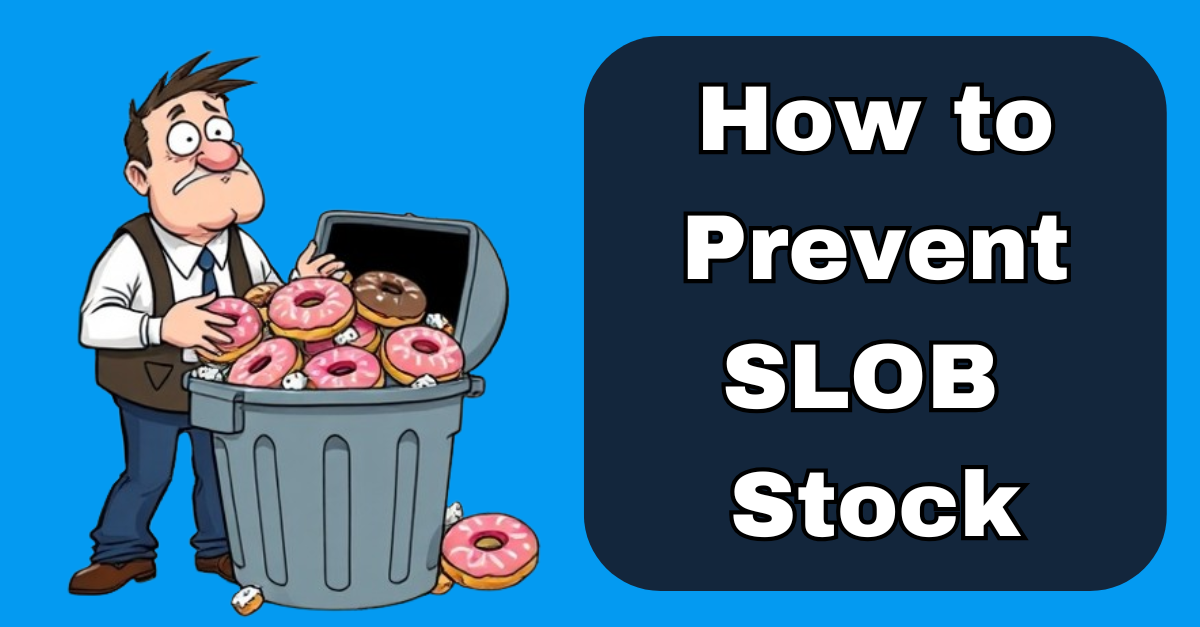As a business owner, every penny counts. While choosing the cheapest supplier might seem like the obvious choice, there are several hidden costs you need to consider. This guide will help you compare the true cost of different suppliers.
Understanding the Total Cost
Think of supplier costs like an iceberg - the quoted price is just the tip. Here's what you really need to add up:
1. Direct Product Costs
The basic price you'll pay:
- Cost per unit
- Bulk purchase discounts
- Seasonal price variations
- Any setup or tooling charges
2. Delivery Costs
These can quickly add up:
- Standard shipping rates
- Express delivery charges when needed
- Import duties for overseas suppliers
- Insurance costs during transit
- Handling fees
3. Minimum Order Requirements
Watch out for these financial commitments:
- Minimum order quantities
- Minimum spend requirements
- Storage costs for larger orders
- Cash flow impact of bigger purchases
4. Payment Terms Impact
Different payment terms affect your cash flow:
- Early payment discounts
- Interest charges for late payment
- Credit terms offered (30, 60, or 90 days)
- Bank transfer or credit card fees
5. Hidden Costs
Don't forget these extra expenses:
- Returns handling fees
- Restocking fees
- Quality control costs
- Administrative time for ordering
- Currency exchange rates and fees
Making Your Comparison Spreadsheet
Here's a simple way to compare suppliers. Create a spreadsheet with these columns:
- Base unit price
- Delivery cost per order
- Minimum order quantity
- Total cost per order
- Cost per unit (including everything)
A Real Example
Let's compare three suppliers for 100 units:
Supplier A:
- Unit price: $10
- Free delivery over $1000
- Minimum order: 100 units
- Total: $1000
- Final cost per unit: $10
Supplier B:
- Unit price: $8
- $200 delivery fee
- Minimum order: 150 units
- Total: $1400
- Final cost per unit: $9.3
Supplier C:
- Unit price: $12
- $50 delivery fee
- Minimum order: 50 units
- Total: $650
- Final cost per unit: $13
Quick Cost Comparison Checklist
Before making your final decision, check:
✓ Have you included ALL delivery costs?
✓ What happens if you need to return items?
✓ How much storage will you need?
✓ When do you need to pay?
✓ Are there any quantity discounts?
Money-Saving Tips
- Ask suppliers about their best price breaks - sometimes ordering just a few more units can trigger a big discount
- Compare the cost of ordering: Smaller amounts more often or larger amounts less frequently
- Check if combining orders with other items from the same supplier saves on delivery
- Consider sharing orders with other local businesses to meet minimum order quantities
Red Flags to Watch For
- Prices that seem too good to be true
- Unclear delivery costs
- Hidden fees in the small print
- Suppliers who won't put prices in writing
- Constantly changing prices
Making Your Final Decision
Remember:
- The cheapest unit price isn't always the lowest total cost
- Calculate everything based on your typical order size
- Think about how payment terms will affect your cash flow
- Consider having multiple suppliers for the same product
Next Steps
- List all your regular purchases
- Get quotes from at least three suppliers
- Use the comparison spreadsheet method above
- Ask other business owners for supplier recommendations
- Start with a small order to test new suppliers
Comparing supplier costs doesn't have to be complicated. Focus on the total cost to your business, not just the price per unit. Keep good records of all costs and review them regularly - prices and terms can change over time.
Remember, a good supplier relationship built on clear understanding of all costs will save you money in the long run.










